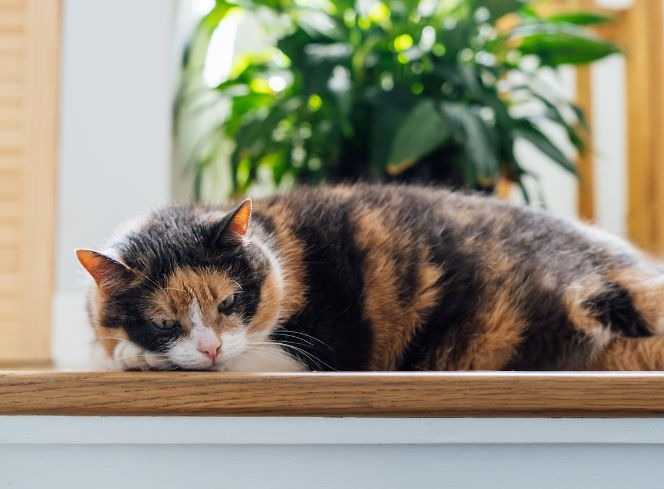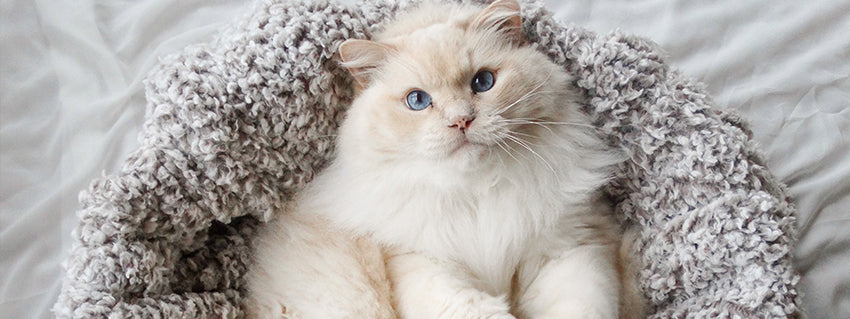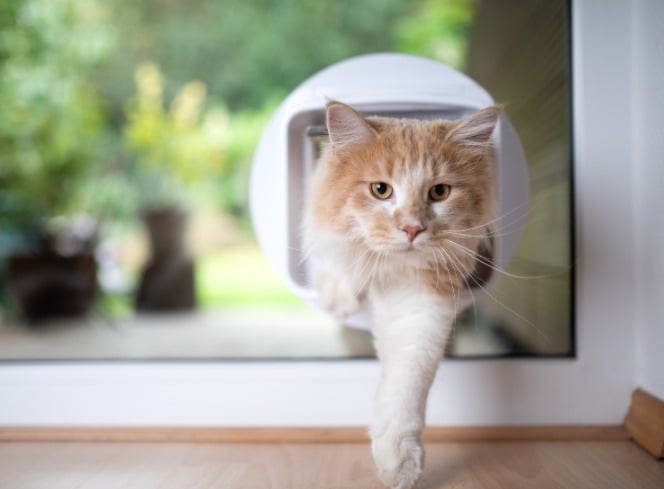As the summer sun begins to blaze, our feline friends seek refuge from the scorching heat. As pet owners, it is our responsibility to ensure our cats' comfort and well-being during the hot months. One popular solution that has gained traction is the "cooling mat for cats." But do these cooling mats really work? Can cats benefit from a cool cat bed during the summer? In this blog, we will delve into the world of cooling cat beds, exploring their effectiveness, benefits, and how to choose the perfect summer cat bed for your feline companion.
Understanding Cooling Mats For Cats:
Cooling mats for cats are designed to provide a soothing and comfortable resting place for our furry companions during hot weather. These innovative beds incorporate advanced cooling technologies that help regulate the cat's body temperature, making them an attractive option for pet owners looking to provide relief from the sweltering heat.

How Do Cooling Mats Work?
Cooling cat beds typically employ one of two primary cooling mechanisms:
- Gel-Based Cooling: Many cooling mats are filled with a non-toxic gel that absorbs and dissipates the cat's body heat. These mats don't require electricity and can be recharged by allowing them to rest in a cool area.
- Water-Activated Cooling: Other cooling mats utilise a water-activated mechanism. The mat absorbs water, and when the cat lies on it, the moisture evaporates, creating a cooling effect similar to sweat evaporating from human skin.
Benefits Of Cooling Cat Beds:
Investing in a cooling mat for your cat can yield numerous benefits, especially during the scorching summer months:
- Temperature Regulation: Cooling mats help prevent overheating in cats, reducing the risk of heat-related health issues.
- Comfort and Relaxation: The cooling effect provides a soothing surface for cats to rest and relax, promoting better sleep quality.
- Stress Relief: Cats might get stressed due to extreme heat, and a cooling bed can offer a calming environment, reducing anxiety.
- Versatility: Cooling mats are portable and can be used indoors or outdoors, making them ideal for travel or visits to the park.

Selecting The Perfect Summer Cat Bed:
When choosing a cooling mat for your cat, consider the following factors:
- Size: Ensure the cooling mat is appropriate for your cat's size, allowing them to stretch out comfortably.
- Material: Opt for a high-quality, durable material that is safe for your cat and easy to clean.
- Cooling Mechanism: Decide between gel-based or water-activated cooling mats, depending on your cat's preferences and your convenience.
- Reviews: Read user reviews and testimonials to gauge the effectiveness of the cooling mat before purchasing.
Our Favourite Cooling Mats For Cats
Here at L&L we sell several pet cooling mats, which are perfect for both cats and dogs - great if you have a multi-pet household! We’ve listed our favourites below!
Smart Choice Pet Cooling Mat - Instant Cooling Effect
The Smart Choice cooling mat is perfect for cats, it stands as a pinnacle of technological advancement in cat comfort, activated by pressure from your cat sitting on it to help cool them down. Engineered with innovative cooling materials, these mats actively dissipate heat from your cat's body, preventing overheating and providing a therapeutic respite from soaring temperatures. Its design ensures it remains comfortable even without the need for electricity or refrigeration, making it an energy-efficient and eco-friendly choice. These cooling mats are also great for placing in your cat's favourite spots to help keep them cool.

Scruffs Pet Cool Bed - The Ultimate Retreat
A cool cat bed is more than just a mere resting place; it is the ultimate retreat for your feline companion. The Scruffs Pet Cool Bed is crafted with precision and quality materials, made from a supportive foam base it makes a comfy cat nap spot while simultaneously providing a cool surface for reprieve. The cooling non-toxic gel means they are typically 5-10 degrees cooler than room temperature, providing instant relief, whilst the breathable 3D mesh helps with air circulation, which also keeps your cat cool. Investing in a high-quality cool cat bed is a wise choice, considering the long-term benefits it imparts to your pet's health and well-being.

Conclusion:
As temperatures rise during the summer, providing a comfortable and cool resting place for your cat becomes crucial. Cooling mats for cats offer an excellent solution to beat the heat and promote your cat's well-being. Whether it's a gel-based or water-activated cooling cat bed, these innovative products can make a significant difference in your cat's comfort and overall happiness during the hot season.
Remember to consider the size, material, and cooling mechanism when choosing the perfect cooling mat for your furry friend. With careful selection and a bit of feline-approved testing, you can ensure that your cat enjoys a cool and refreshing summer, all thanks to their cozy and cooling cat bed!
































































































